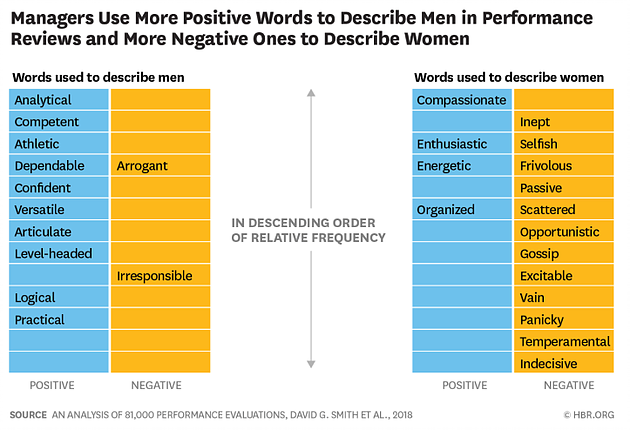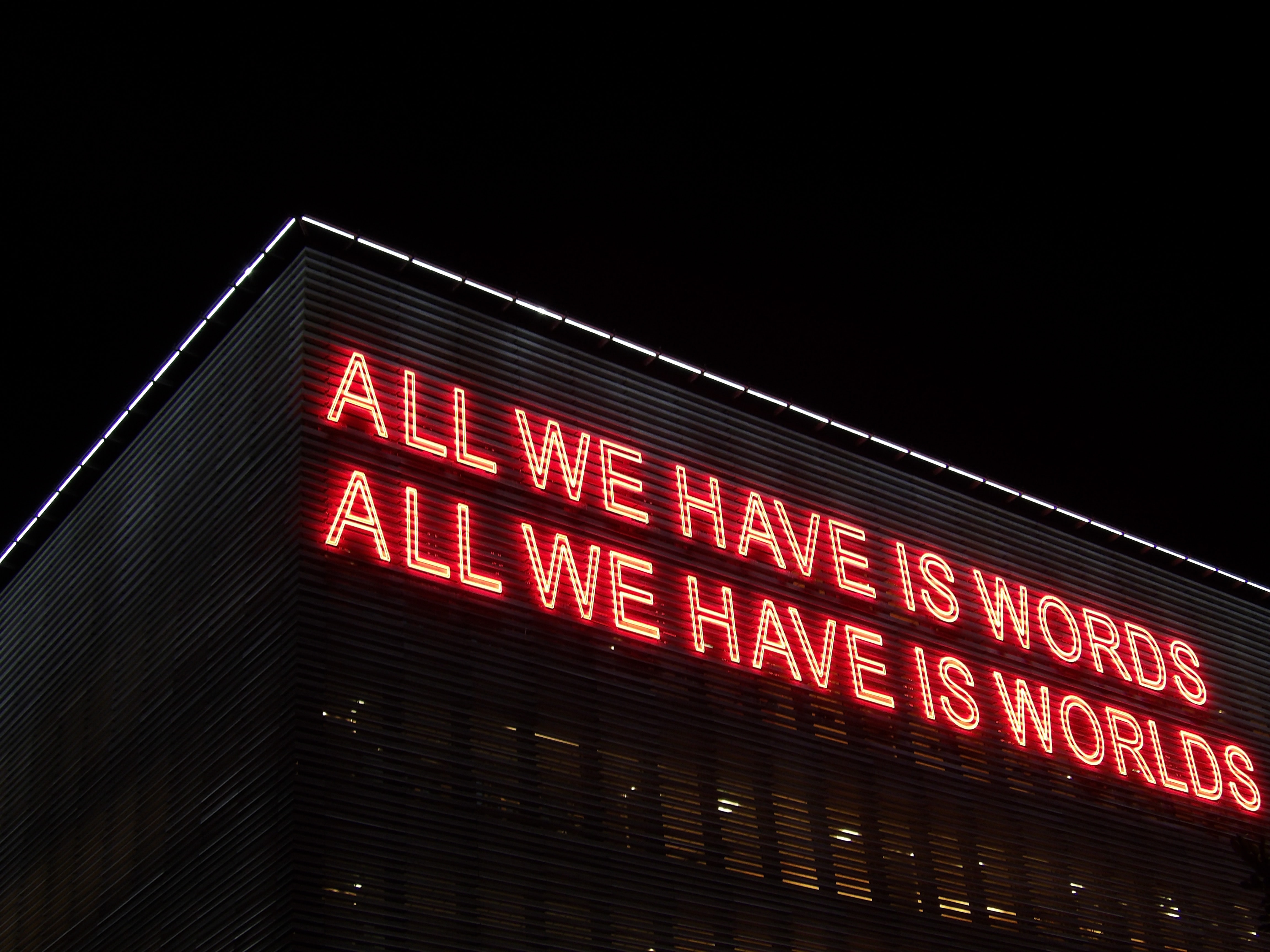Unconscious bias is present in our everyday lives, whether we realize it or not. Even the most well-intentioned of us harbor biases we are largely, if not entirely, unaware of. These biases can impact our decision making when it comes to hiring and firing, promotions and business partnerships. As the term suggests, unconscious bias isn’t easy to identify, even on a macro level. That’s why it’s always useful to see empirical examples of how this phenomenon manifests itself.
Lessons in the Language
In “The Different Words We Use to Describe Male and Female Leaders,” an article for Harvard Business Review, authors David G. Smith, Judith E. Rosenstein and Margaret C. Nikolov used data analysis to uncover some interesting findings. “A unique and fascinating data set allowed us to explore the language used to describe individuals in subjective performance evaluations and provides evidence that, as we suspected, language in performance evaluations is applied differently to describe men and women,” they write. They analyzed a large-scale military dataset of more than 81,000 evaluations conducted among 4000 participants. They looked at both objective and subjective performance measures, including 89 positive and negative leadership attributes.
Smith, Rosenstein and Nikolov note that their evaluation found no bias among objective measures — grades, fitness scores, class standing — but did find some interesting differences when looking at subjective measures. One interesting finding was that managers used more positive words to describe men in performance reviews and more negative words to describe women.
A Look at the Data
Here’s a breakdown in decreasing order of relative frequency:

The authors also note that even among the positive attributes cited by reviewers, some are seemingly more important to an organization than others. Compare “analytical” for men to “compassionate” for women, for instance.
The benefit of the dataset used by Smith, Rosenstein and Nikolov is its size: 81,000 reviews provides a great amount of data to do some in-depth research and eliminate a lot of one-off reviews simply through statistics. The data help to provide an example of empirical, data-driven evidence for variations in how men and women are described in the workplace.
What might a review of your own performance evaluations reveal about the unconscious bias that may be at work in your workplace?
Organizations of all kinds have been working to alleviate tension between generations and other diverse groups. We believe these organizations, however well-intentioned, are languishing in a stuck state. The key is for businesses to understand that diversity and inclusion are long-term goals that require long-term efforts and cannot be solved through short-term initiatives. It's a marathon, not a sprint.
Our recent white paper, Overcoming the Stuck State offers some insights into the steps that need to be taken to get unstuck. Download a free copy here.
Related: COVID-19 Increases Attractiveness of Nontraditional Education Among Younger Applicants



